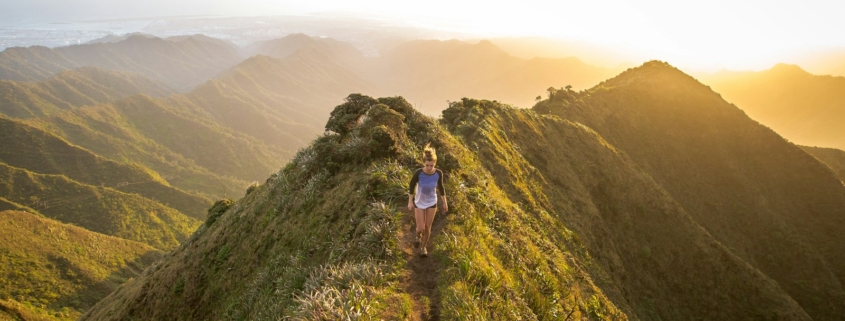Safety Tips for Rock Climbing in African Wilderness
Rock climbing in the African wilderness offers unparalleled adventure and breathtaking scenery, but it also comes with inherent risks that require careful consideration and preparation. From navigating rugged terrain to encountering wildlife, there are several safety tips to keep in mind to ensure a safe and enjoyable climbing experience in Africa’s remote landscapes. In this article, we’ll discuss essential safety measures for rock climbing in the African wilderness.
1. Know Your Limits: Before attempting any climb, honestly assess your climbing abilities and experience level. Choose routes that match your skill level and avoid pushing yourself beyond your limits, especially in unfamiliar or challenging terrain.
2. Research Climbing Conditions: Stay informed about local weather conditions, seasonal patterns, and potential hazards specific to your chosen climbing destination. Be prepared to adjust your plans based on changing weather forecasts and environmental factors.
3. Carry Essential Safety Gear: Always carry essential safety gear, including a climbing helmet, harness, ropes, carabiners, and a first aid kit. Additionally, consider bringing a satellite phone or personal locator beacon for emergencies, especially in remote areas with limited communication coverage.
4. Use Proper Climbing Techniques: Practice proper climbing techniques and safety protocols, including belaying, rappelling, and anchoring, to minimize the risk of accidents and injuries. Seek guidance from experienced climbers or certified instructors if you’re unfamiliar with specific techniques or equipment.
5. Stay Hydrated and Energized: Maintain proper hydration and nutrition throughout your climbing expedition by drinking plenty of water and eating nutritious meals and snacks. Dehydration and fatigue can impair judgment and physical performance, increasing the risk of accidents.
6. Be Aware of Wildlife: Be mindful of wildlife encounters while climbing in the African wilderness, especially in national parks and conservation areas. Respect wildlife habitats and keep a safe distance from animals to avoid conflicts or injuries. Familiarize yourself with local wildlife species and their behaviors before your climb.
7. Communicate with Partners: Establish clear communication with your climbing partners and develop a plan for emergency situations, including signaling methods and evacuation procedures. Stay connected and check in regularly with your team to ensure everyone’s safety and well-being.
8. Leave No Trace: Practice Leave No Trace principles by minimizing your impact on the environment and respecting natural resources. Pack out all trash, avoid damaging vegetation or rock formations, and follow established trails and climbing routes to preserve the wilderness for future generations.
9. Respect Local Regulations: Observe and adhere to local climbing regulations, access restrictions, and cultural norms in the areas where you’re climbing. Obtain permits or permissions if required, and be respectful of private property and indigenous lands.
10. Trust Your Instincts: Listen to your instincts and exercise caution if you encounter unfamiliar or potentially hazardous situations while climbing. Don’t hesitate to retreat or seek assistance if you feel uncomfortable or unsafe.



